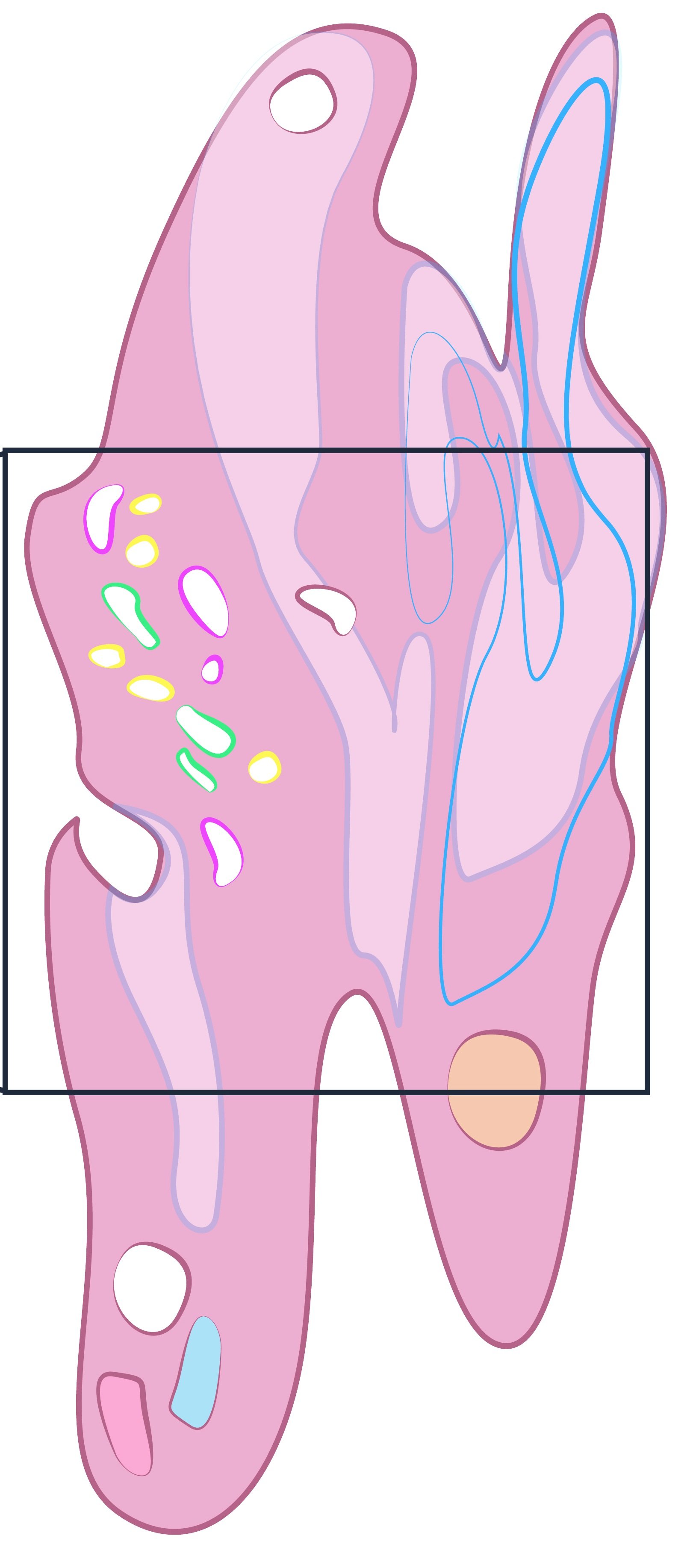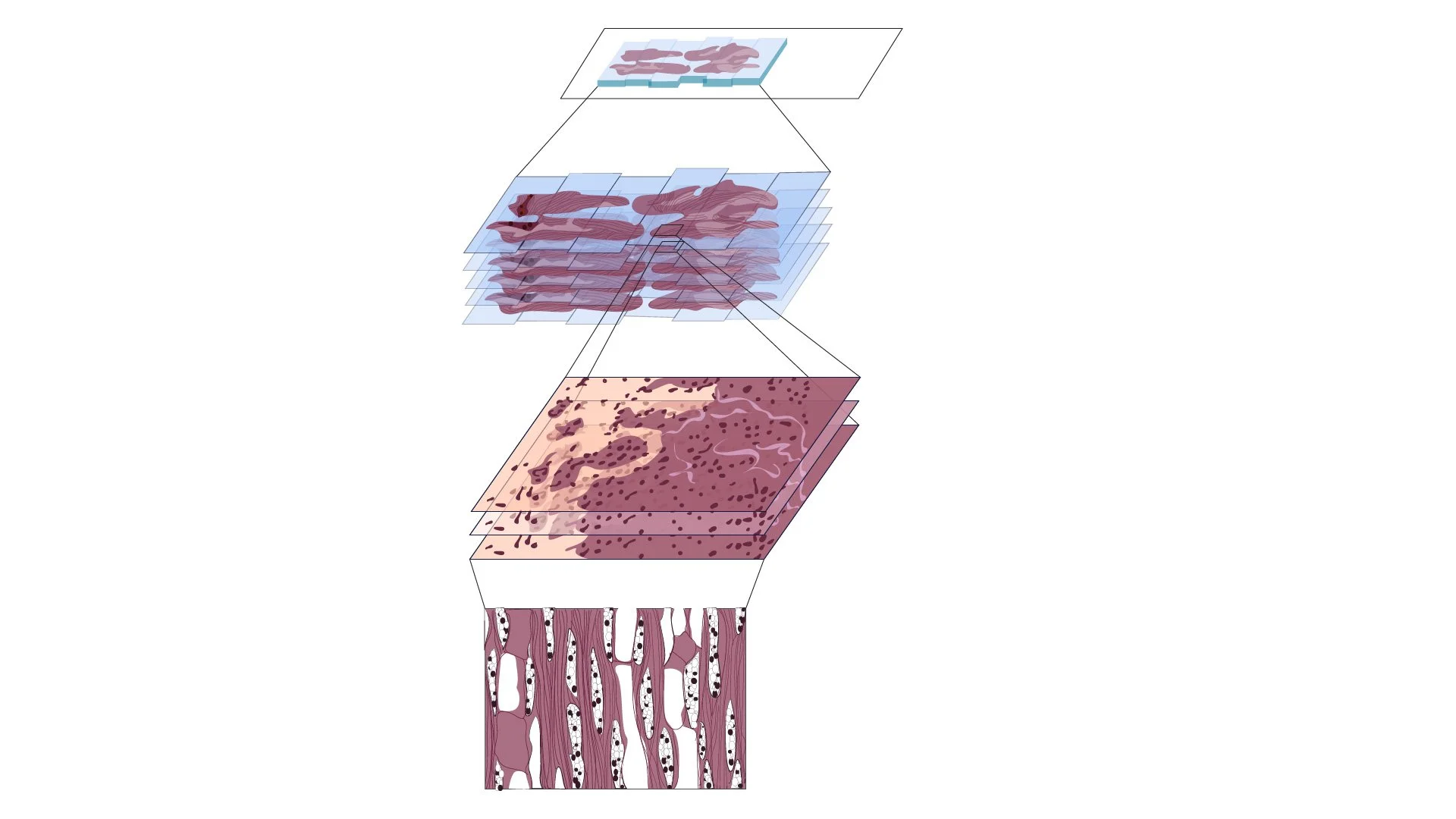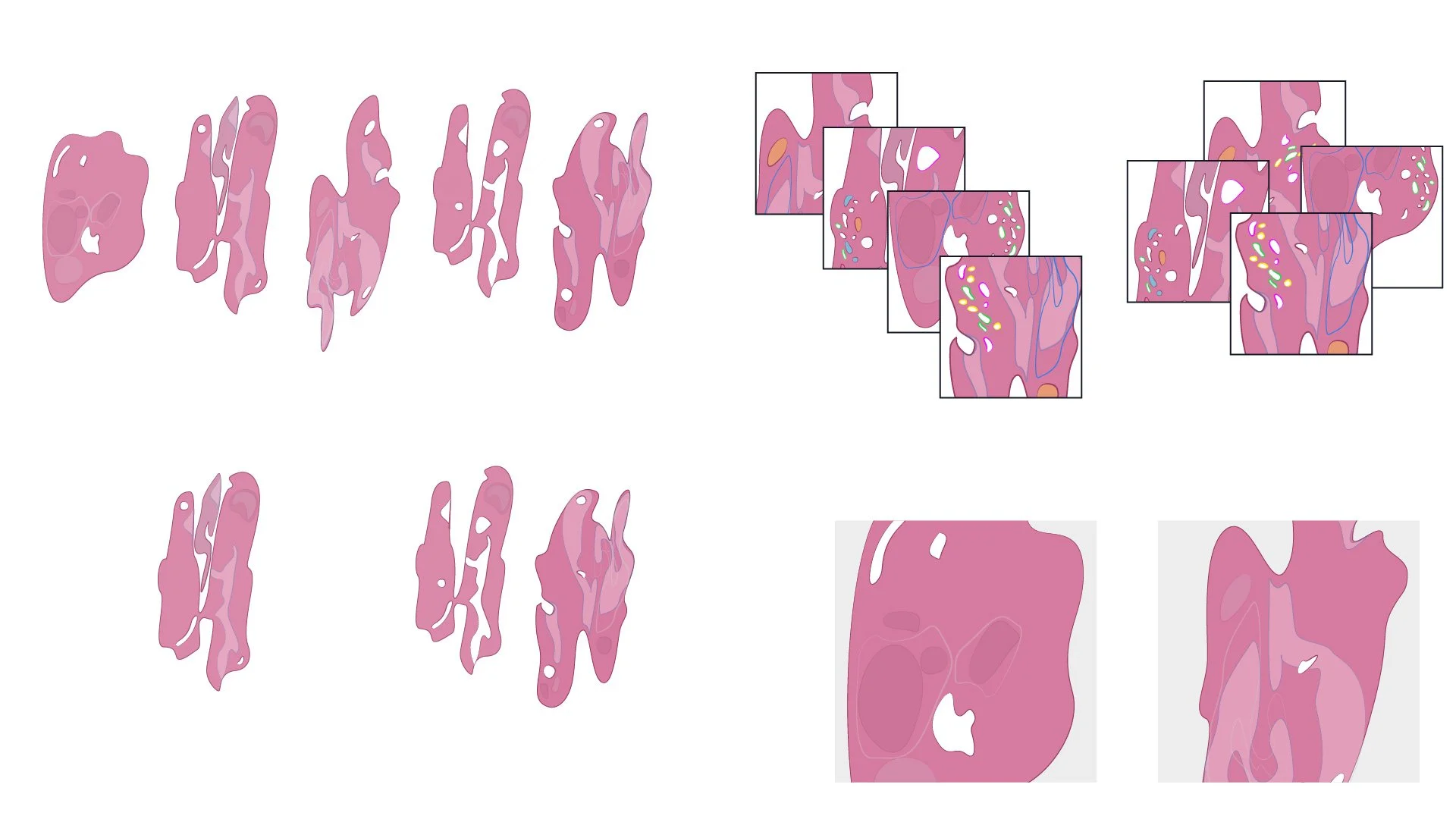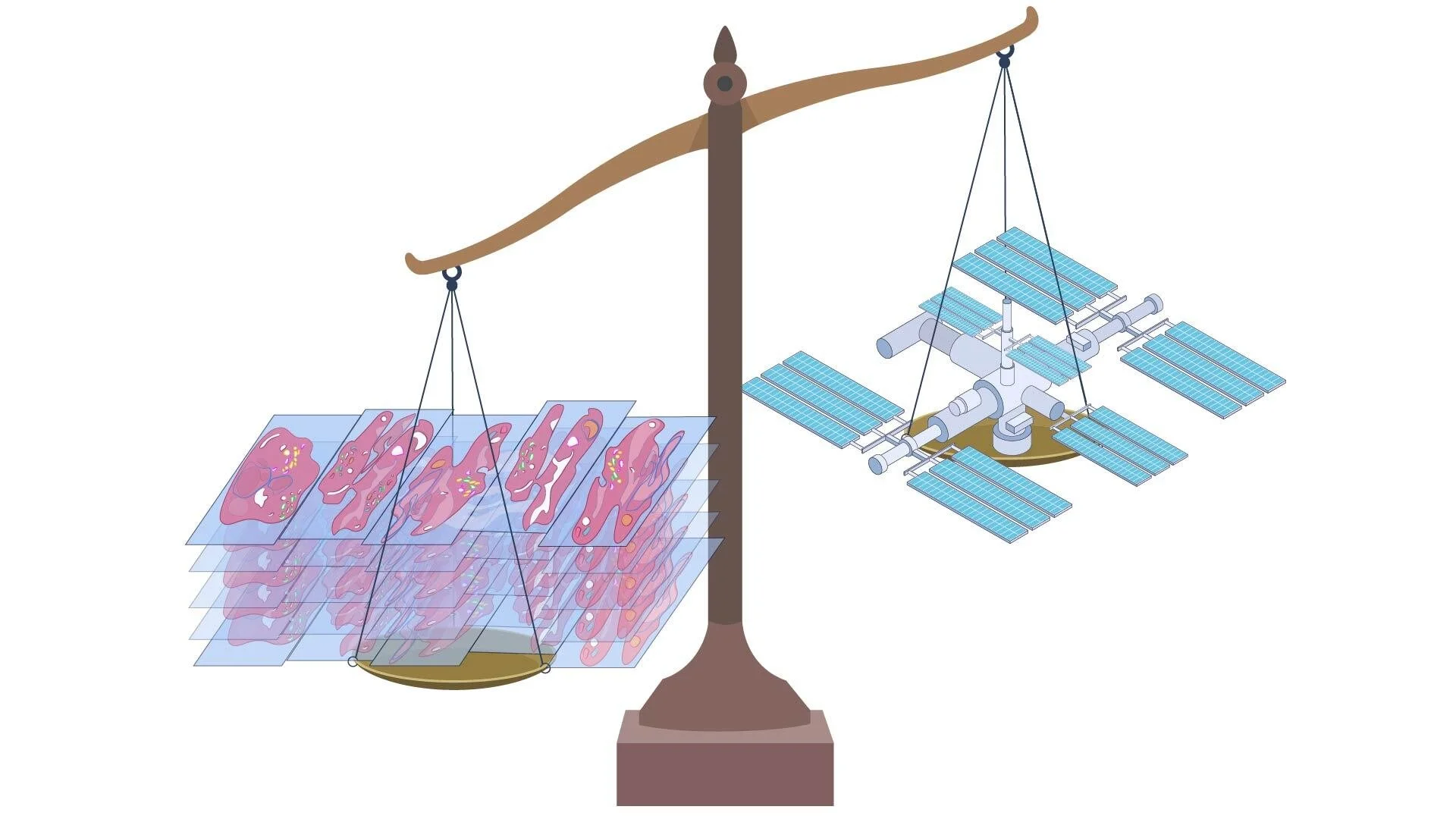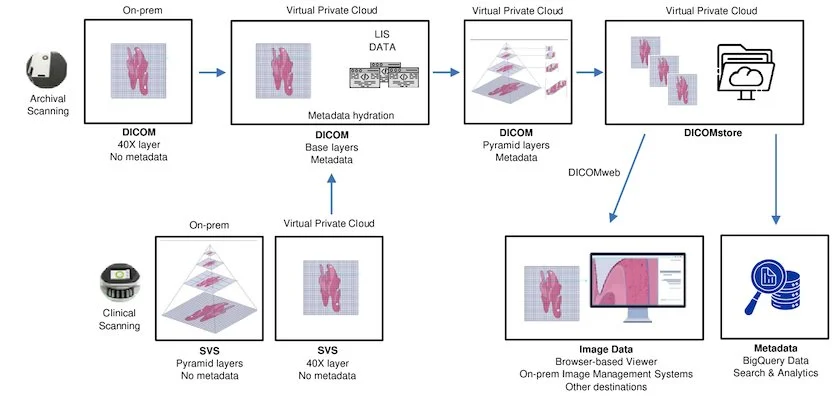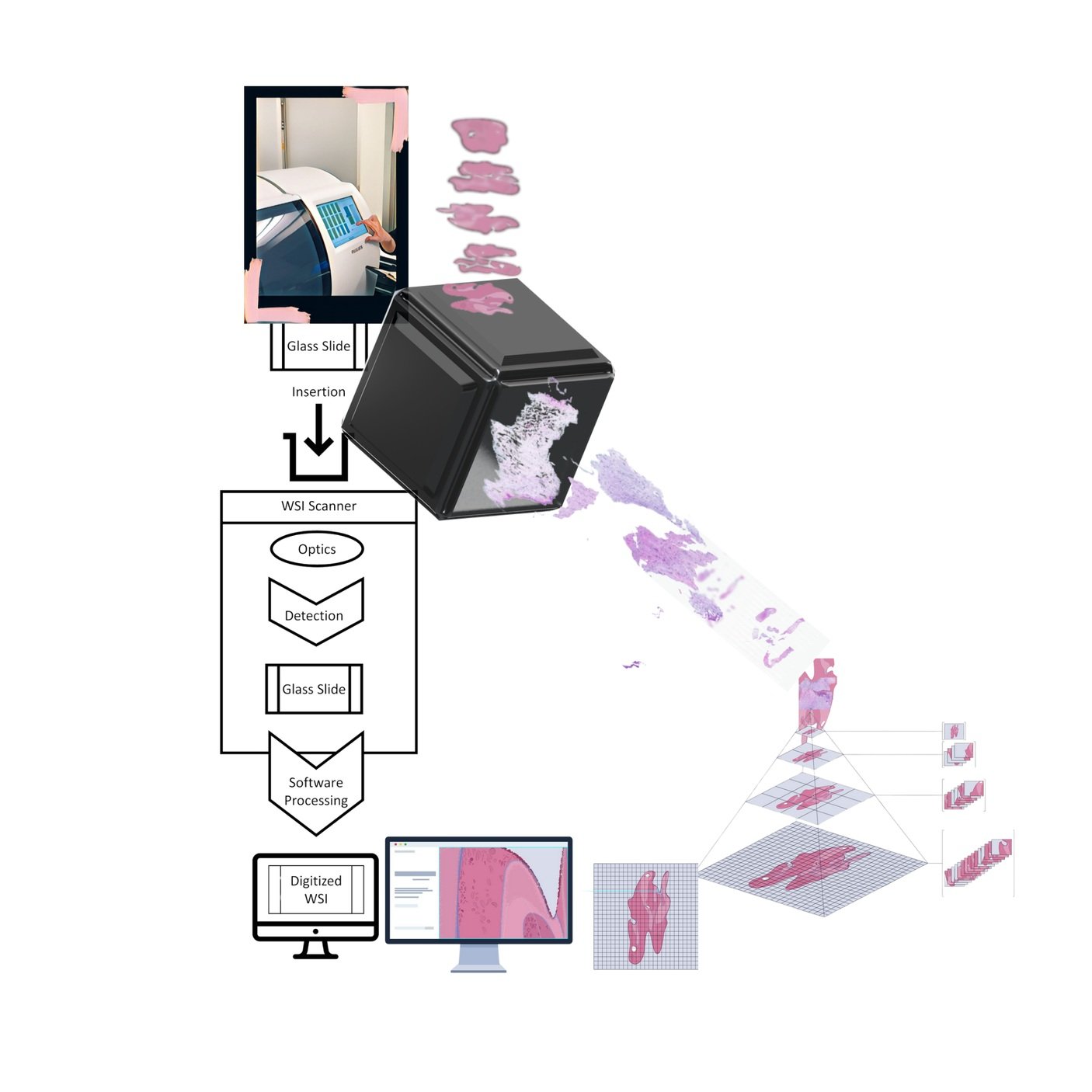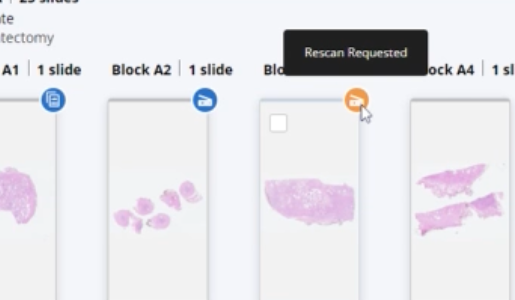Integrating Insights
Every part of the modern laboratory is integral to the development and implementation of Explainable Artificial Intelligence (XAI) in healthcare. As pathologists embrace roles that intersect more deeply with technology, their insights become essential mediators between the raw data provided by digital imaging and the nuanced, clinically relevant interpretations needed to support patient care. Championing explainability at every stage of the workflow ensures that AI tools remain accountable, understood, and trusted across all facets of medical practice.
Enhancing Outcomes
Pathologists are stewards of laboratory data. Diagnostic ground truth, the standard of absolute accuracy essential for training and validating AI models, is benchmarked by pathologist determination. 70% of medical decisions are based on laboratory diagnostics. The pathologist’s workflow serves as the foundation of explainability in AI. While diagnostic AI solutions for pathology today are heavily reliant on image data, the potential for incorporating a wider array of laboratory data will soon be realized.



